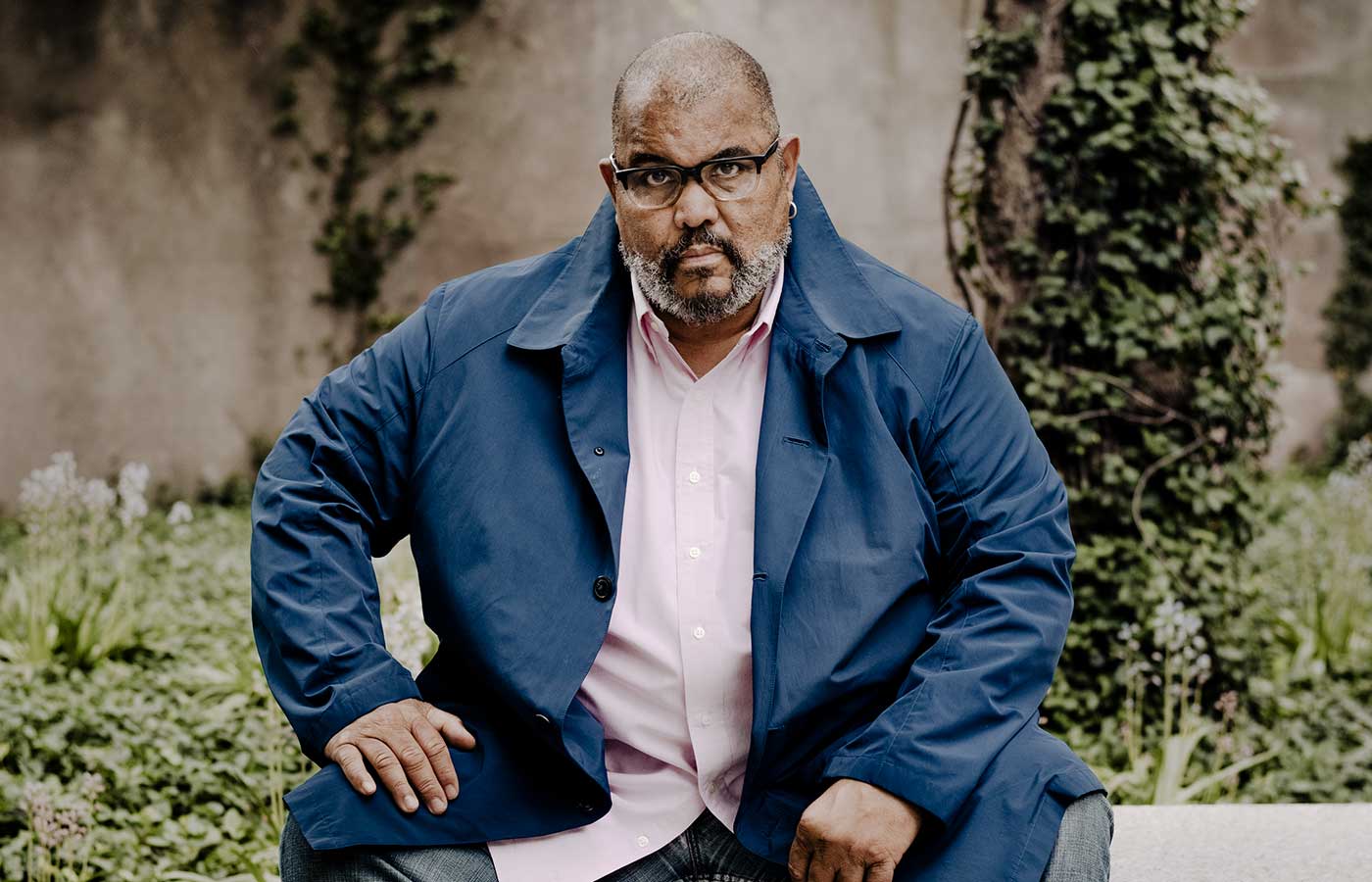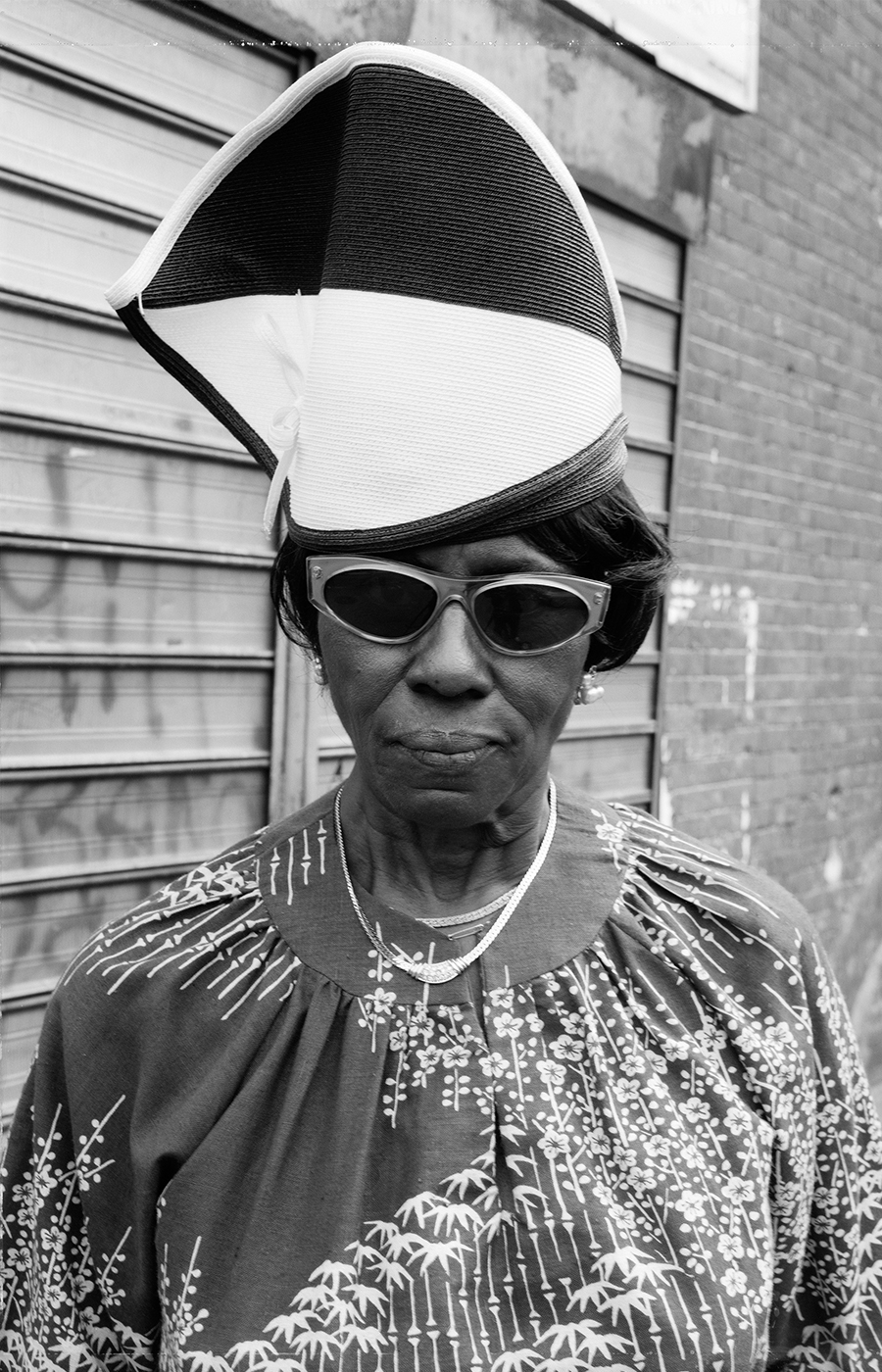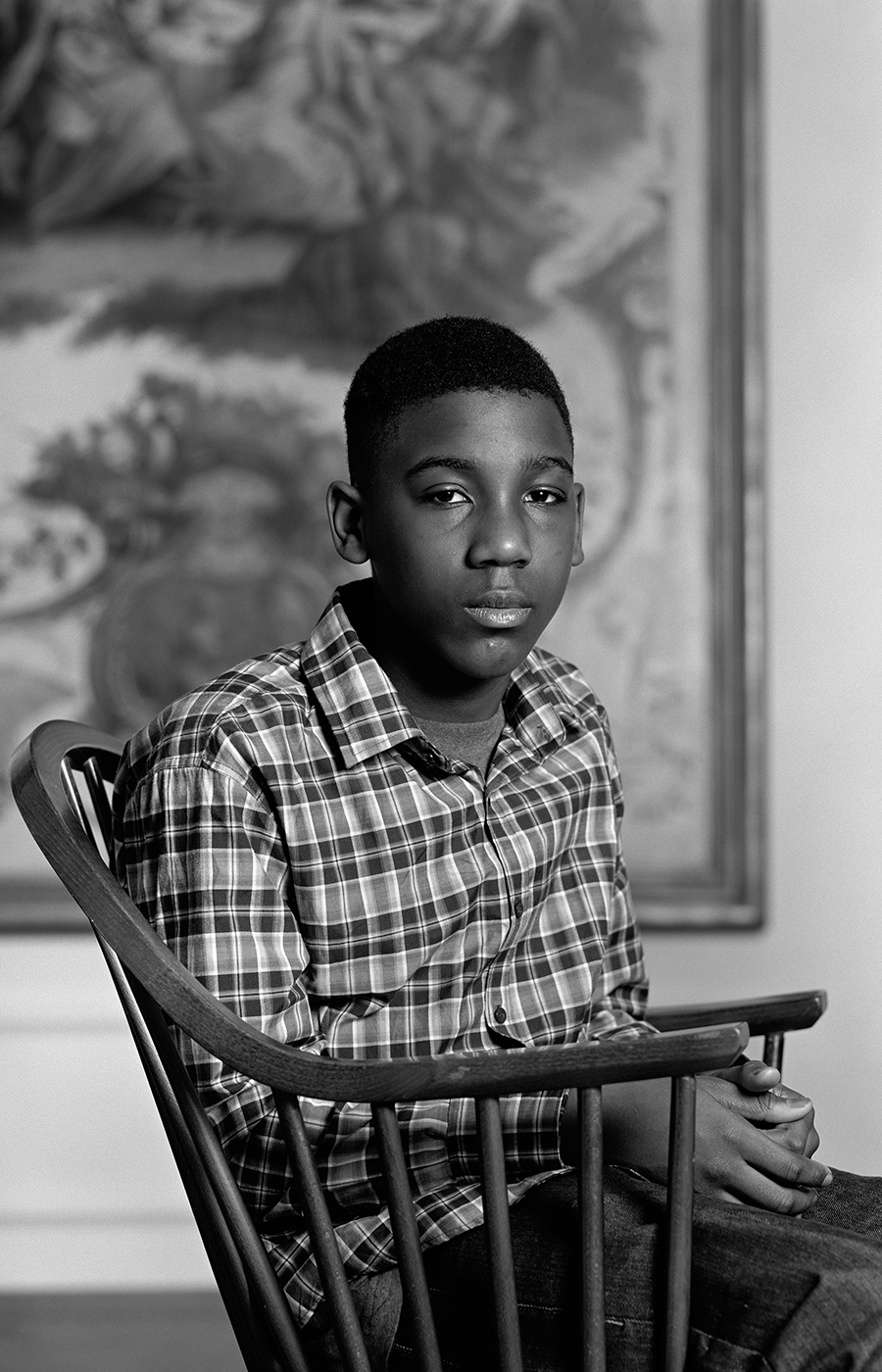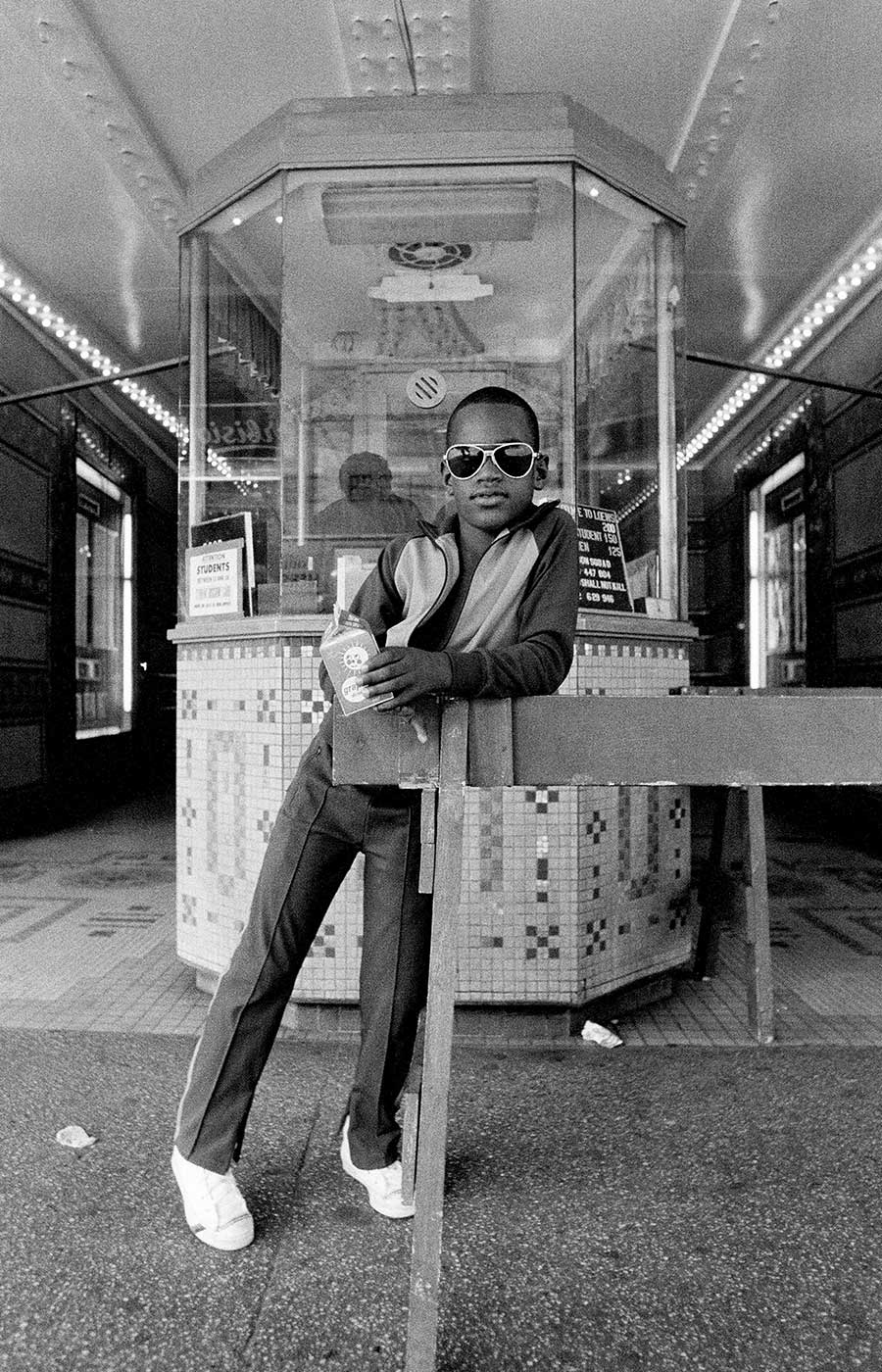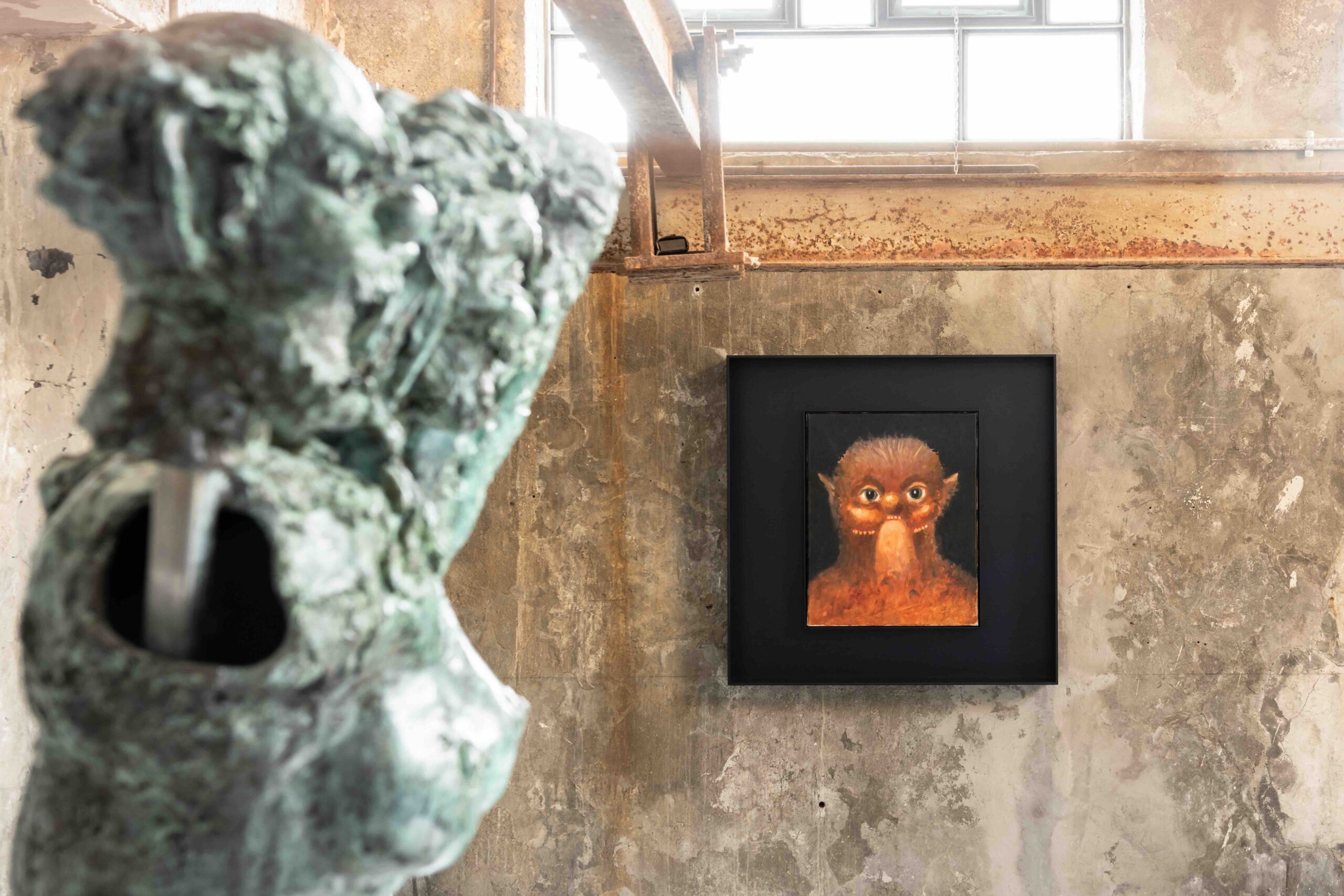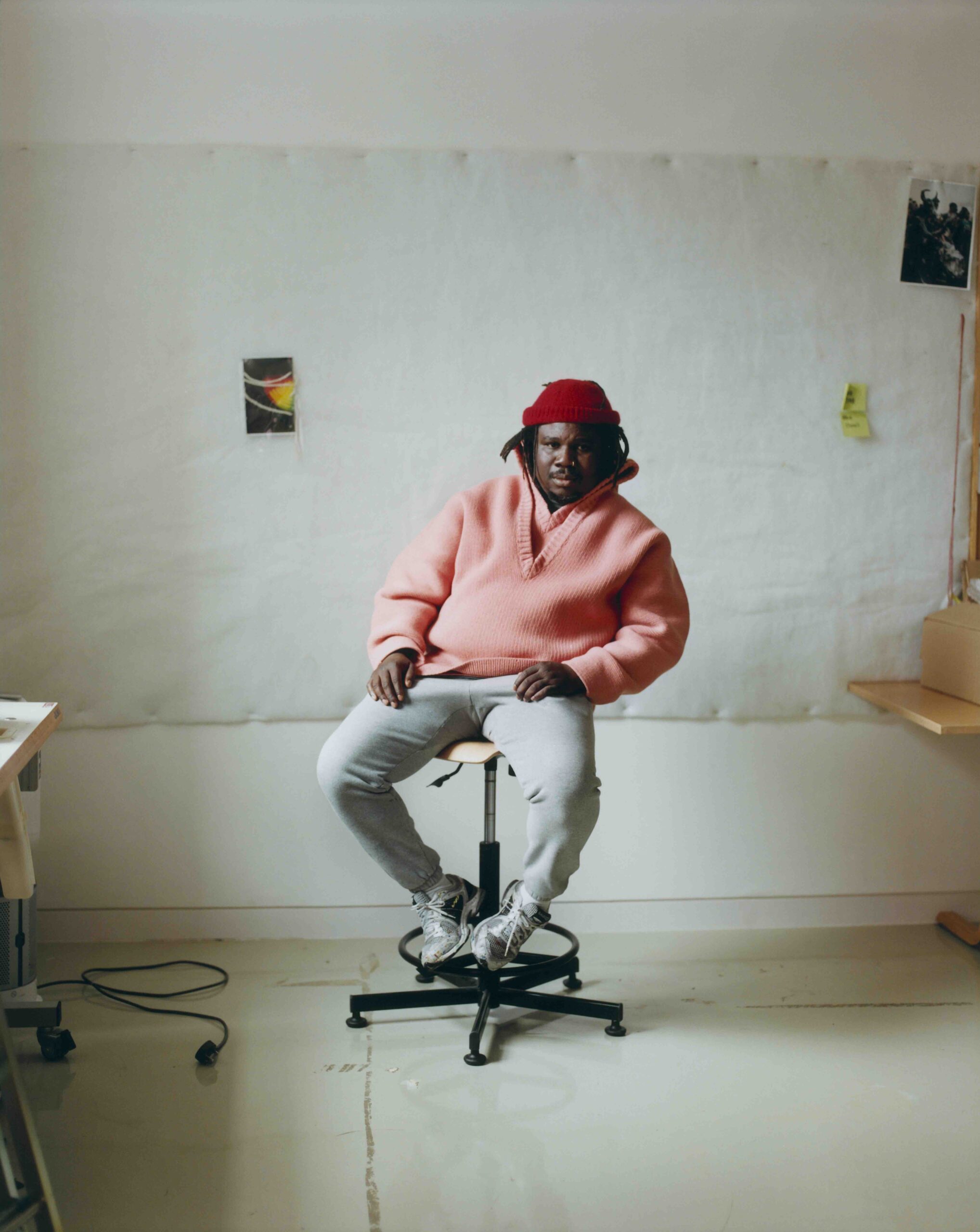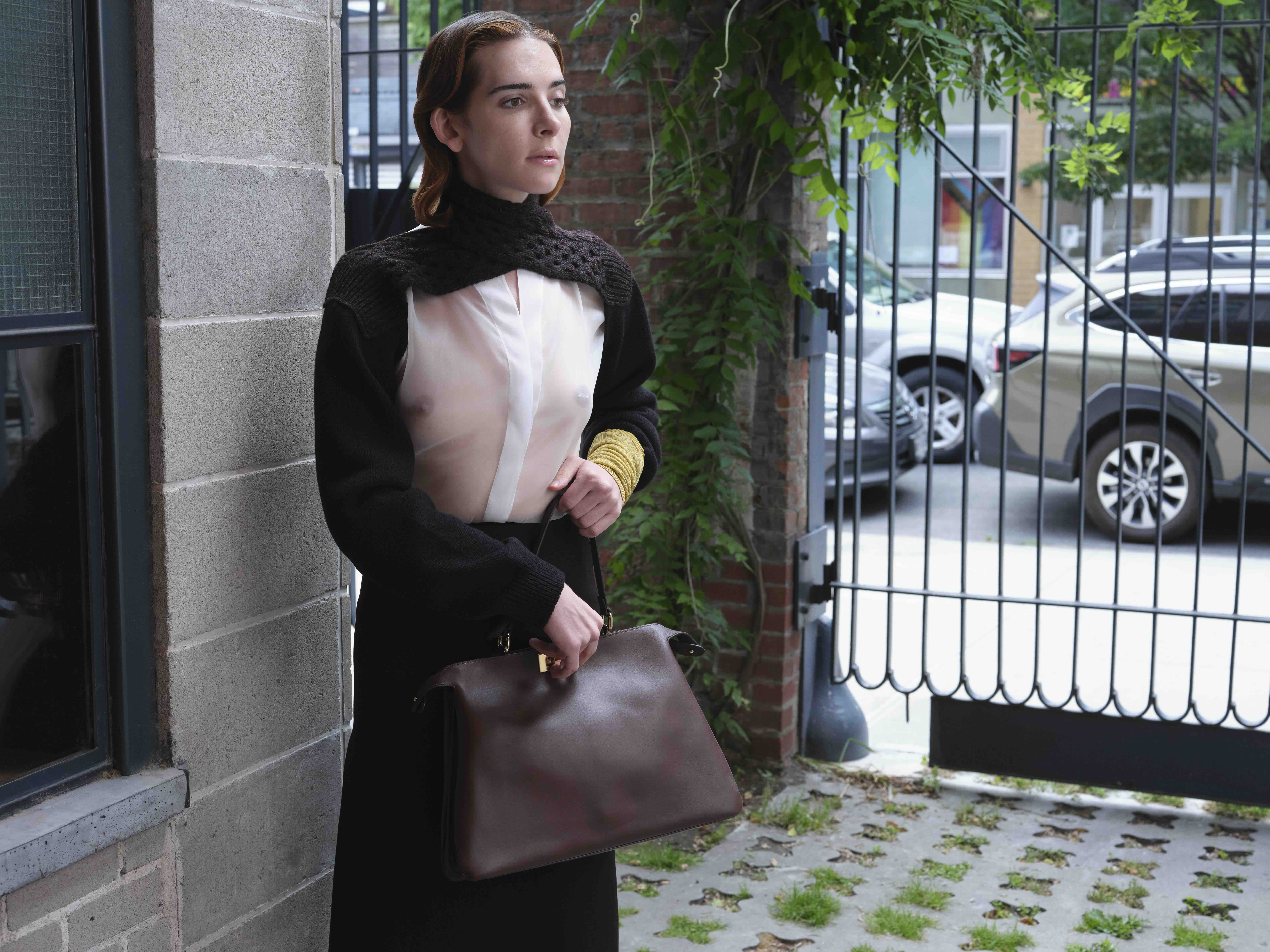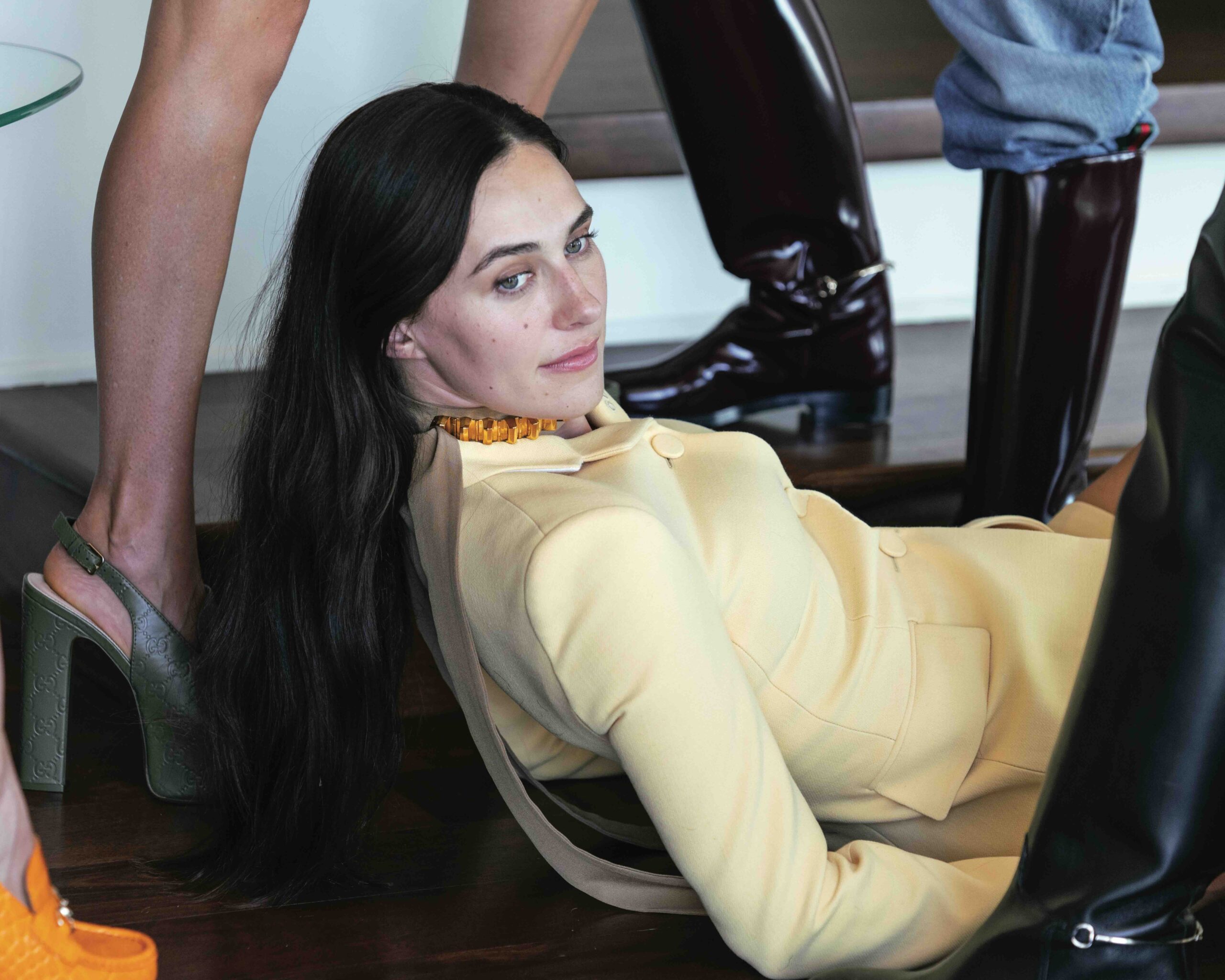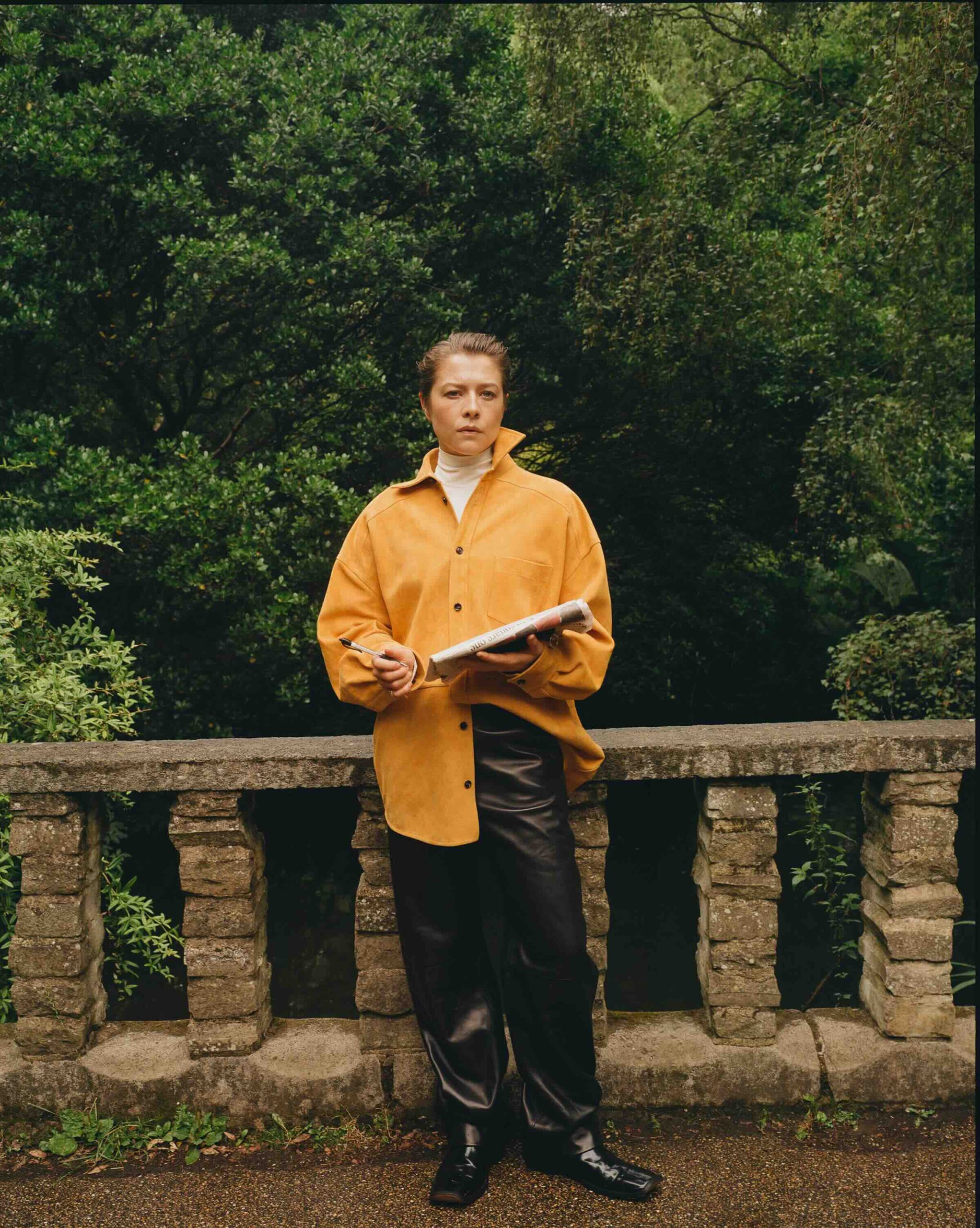Since the mid-1970s, Dawoud Bey (b. 1953, Queens, New York) has worked to expand upon what photography can and should be. Insisting that it is an ethical practice requiring collaboration with his subjects, he creates poignant meditations on visibility, power, and race. In a visually ambitious way, Bey aims at amplifying those presences and subjects that throughout the years have been marginalised, chronicling communities and histories that have been largely underrepresented or even unseen. His work lends renewed urgency to an enduring conversation about what it means to represent America with a camera.
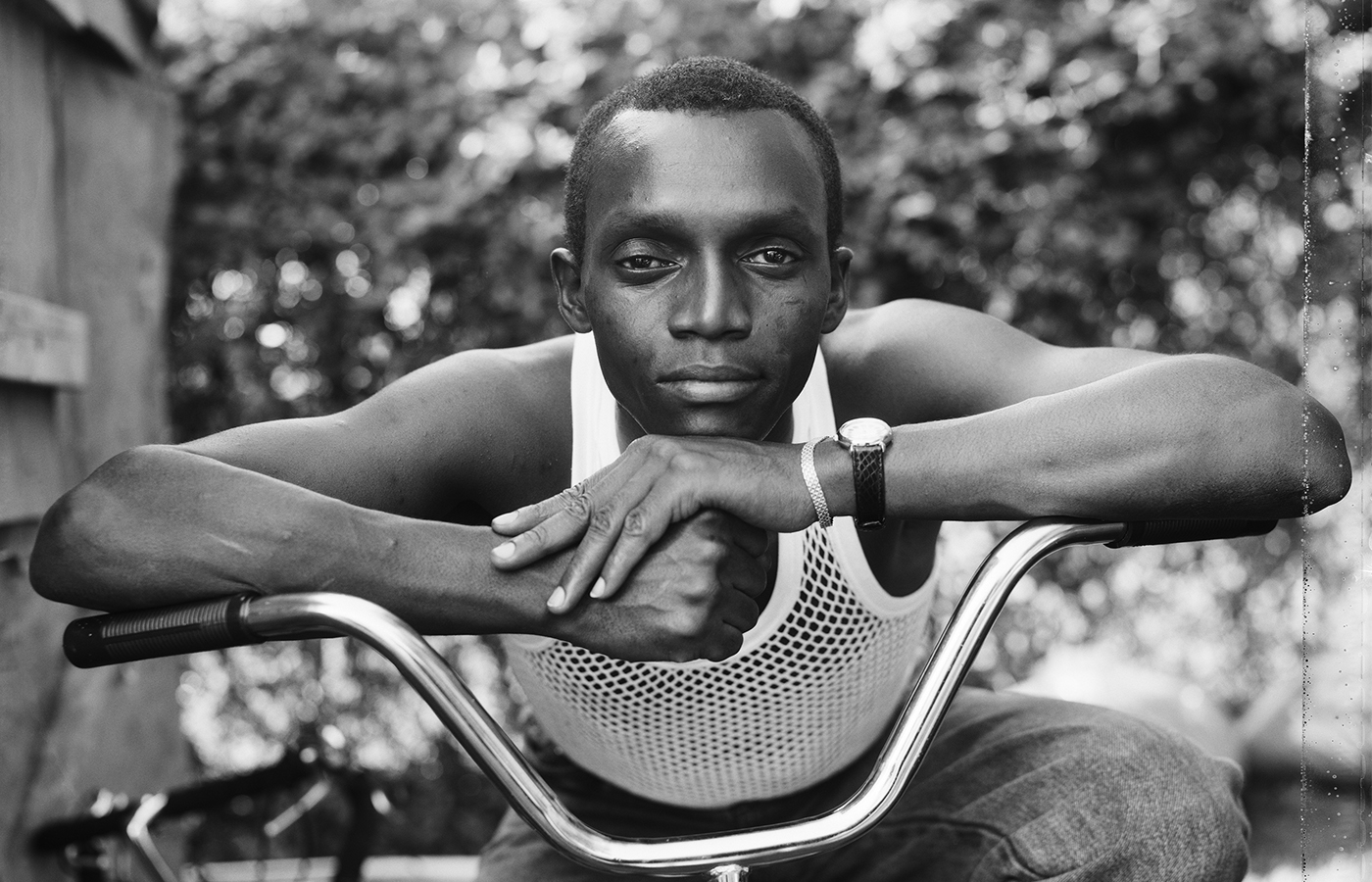
He learned how to make photographs by making pictures in Harlem from 1975 to 1979. Getting to know the community in Harlem and allowing the community to know him was a process that made Bey realise that there was not only the picture making part but there was very clearly the social part. The camera disappeared as those portraiture moments turned into being an experience between him and the individual. Spanning from his earliest street portraits in Harlem to his most recent series imagining an escape from slavery on the Underground Railroad, Dawoud Bey: An American Project attests to the artist’s profound engagement with the Black subject and Harlem itself.
01 A Couple in Prospect Park, Brooklyn, NY, 1990.
02 A Woman at Fulton Street and Washington Avenue, Brooklyn, NY, 1988.
03 Moses Austin from the Birmingham Project , 2012.
04 A Boy in Front of the Loew’s 125th Street Movie Theater, Harlem, NY from Harlem, U.S.A., 1976.
Read the full article on Muse September Issue.
